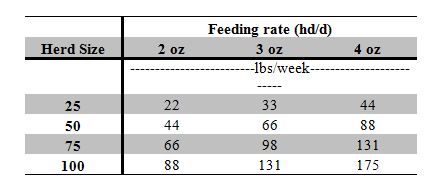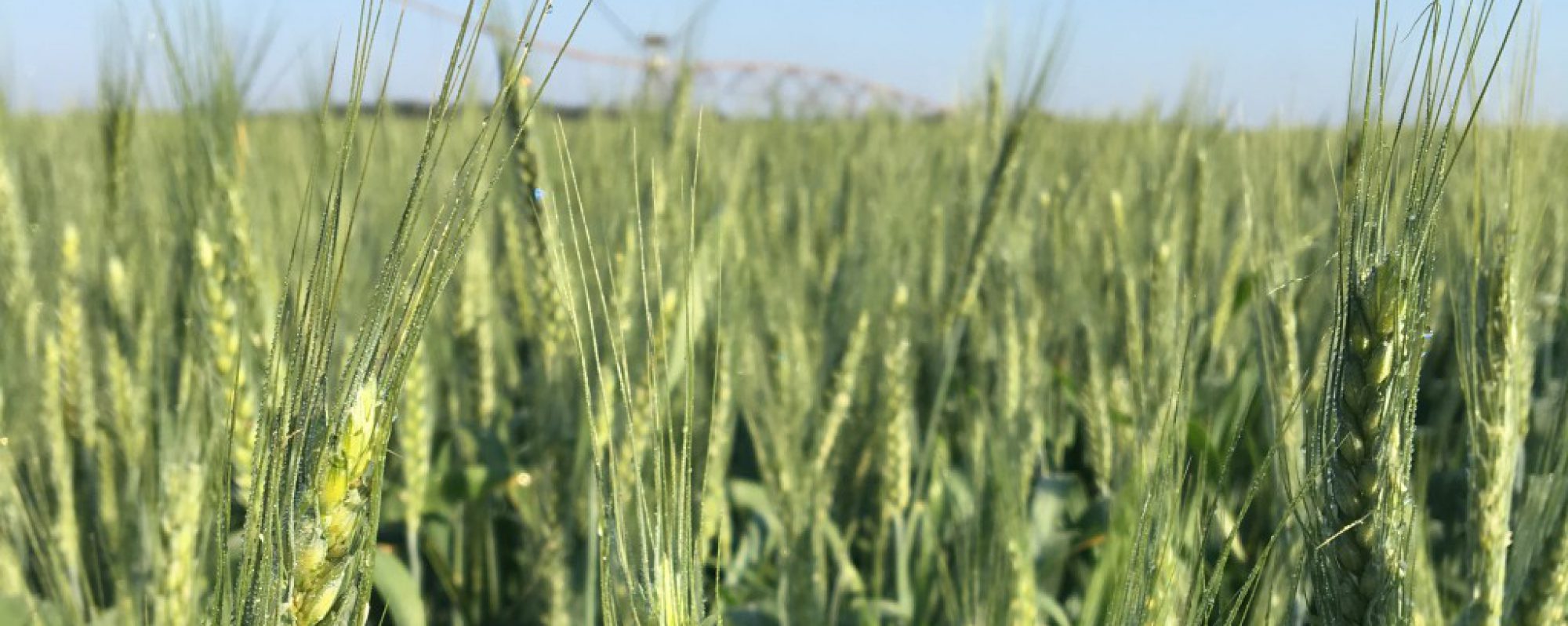
As we move through the winter, we need to pay attention to a magnesium deficiency in cows. Grass tetany usually occurs after a period of cold weather and high levels of nitrogen and potassium fertilization. It occurs on forage with low Mg availability. The most susceptible livestock are mature lactating cows. It’s a metabolic disorder that can be fatal.
Causes
- The normal cause of Mg being low is water-logged soils due to winter rains. This is not the case this year, as we are actually measuring on the drought monitor now. What happens in wet soils is that our forage plants cannot take the Mg in the soil.
- Another common cause of grass tetany is fertilization of higher rates of nitrogen (N) and potassium (K). Those nutrients can “tie-up” Mg in the soil where the plant cannot take it up. Excess potassium inhibits magnesium absorption in both forage and animals.
- We use a lot of chicken liter as well. This is also associated with grass tetany since it has low Mg concentrations relative to K.
Can freeze injury in small grain contribute to grass tetany?
This was a good question received by Turner County Ag Agent Will Gay. Grass tetany is can occur following a cold spell, but is very unlikely for it to be an issue in this case. It’s more of an issue with large spring flush growth.
Right now many cattlemen are supplementing magnesium minerals, and that is our best option to prevent this issue. Below are suggested rates and ways to use it from UGA Extension Livestock Specialist Dr. Lawton Stewart:
Supplementing Magnesium
Grass tetany can usually be prevented by feeding cattle a mineral mixture containing magnesium oxide. A mineral mixture containing 10 to 14 percent magnesium consumed at 4 ounces per day should provide adequate magnesium. Adequate salt intake is also important for preventing grass tetany. Avoid using hard blocks to supplement salt when cattle are at risk for grass tetany; supply salt in a loose form to allow for adequate salt consumption. When grass tetany is not a risk, blocks can be used to supplement minerals, provided trace minerals are elevated to account for lower intake of block versus loose salt minerals. Animals with grass tetany respond almost immediately to an intravenous infusion of calcium-magnesium gluconate.

